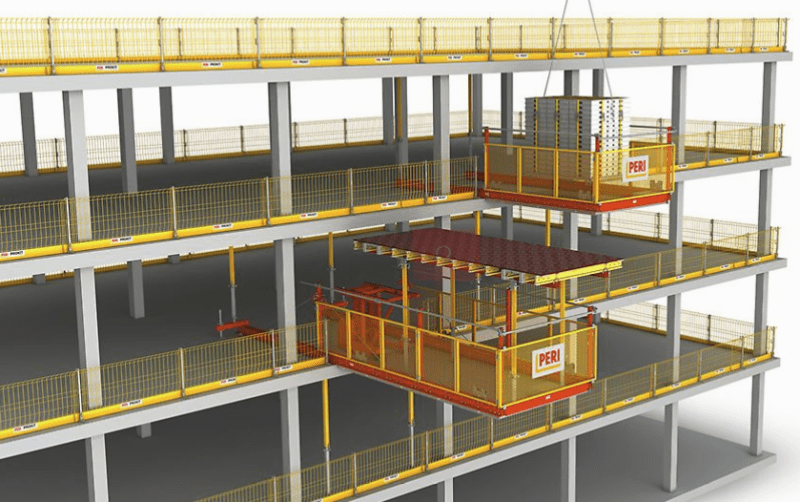RHT2020
Structural
- Mar 24, 2019
- 12
Hi, I am designing a temporary outrigger platform for a Multi - story building. I am wondering what is safety factor I should use for the platform floor and outrigger beam design? It is lightly loaded. S.F of 2 is good enough? Any codes and standards I should refer to? I don’t think outrigger platform should be designed for SF of 5 as outlined in ASME except lifting lugs. please advise.

